Hey there, fellow adventurers! Buckle up, because today we’re embarking on an exhilarating journey to uncover the hidden mysteries of Montana’s secret military bases.
Picture this: sprawling underground installations, shrouded in secrecy, nestled amidst the majestic landscapes of the Big Sky Country. Are you ready to delve into the unknown with me?
Now, I know you might be wondering, “Why Montana? What’s the big secret?” Well, my curious companions, this treasure trove of covert military operations holds an undeniable allure.
Montana plays a significant role in protecting our nation’s defense, both historically and presently. From Malmstrom Air Force Base to Fort William Henry Harrison, this rugged state holds hidden secrets.
- Related article: Montana’s Statehood
My dear readers, this tantalizing exploration is tailor-made just for you. Whether you’re a history buff, an adventure junkie, or simply fascinated by the enigmatic world of military installations, join me on this riveting expedition.
Secret Military Bases: What Are They For?

As a history buff, I’ve discovered that Montana harbors hidden treasures that not only safeguard our national security but also propel our defense capabilities into uncharted territories.
Let’s delve into the multifaceted functions of these secret bases:
- Help in Propaganda Efforts – Secret military bases help in concealing our military operations and hindering adversaries’ ability to gauge our true strength and intentions.
- Shelter Military Equipment and Personnel – These covert installations also serve as secure locations to store and protect sensitive military equipment and personnel.
- Further Advanced Research and Development Projects – Secret military bases make for an ideal environment to explore innovative technologies and push the boundaries of military advancements.
- Serve as Training Grounds and Operational Centers for Special Forces Units – Secret military bases offer secluded spaces that are well-suited for the training and operations of elite special forces units.
By fulfilling these purposes, these secret military bases contribute to maintaining national security, enhancing defense capabilities, and safeguarding the nation’s interests.
In contrast to acknowledged military installations that openly reveal their functions, secret bases operate in complete secrecy, hidden in undisclosed locations with restricted access and strengthened counterintelligence measures.
Revealing the purpose and implications of these covert installations offers insights into essential covert operations, which include groundbreaking research, advanced training capabilities, and the development of innovative military strategies.
Grasping the significance of these secret bases allows us to truly appreciate the immense efforts made by our military to safeguard our nation, ensuring our freedom and security are upheld.
Montana Secret Military Bases Origins
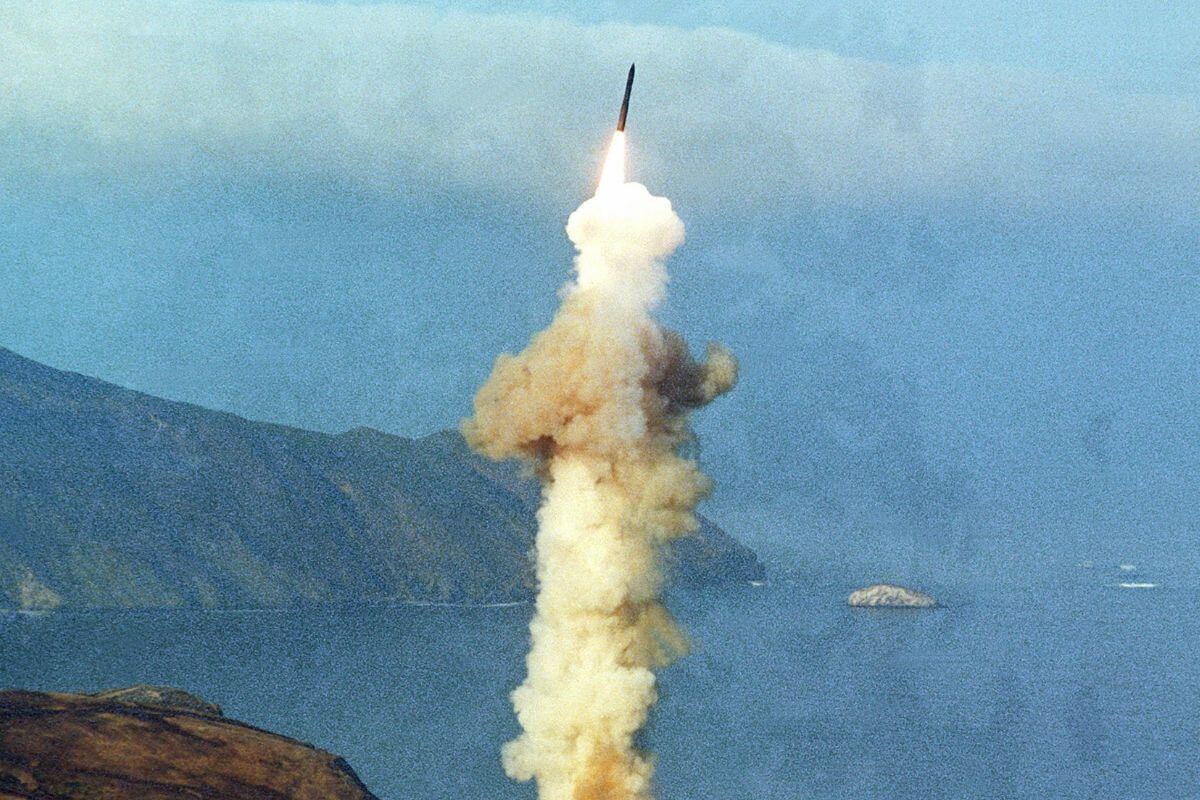
In the early 1960s, driven by the Cold War’s strategic urgency, the U.S. Air Force clandestinely planted the seeds of secrecy beneath Montana’s rugged terrain.
Establishing a network of underground missile silos as part of the Minuteman II intercontinental ballistic missile (ICBM) program, these hidden enclaves remained concealed in remote areas, shielded from public awareness for years.
Some speculate these bases act as surveillance outposts gathering intelligence, others as militarized training grounds perfecting night operations and unconventional warfare tactics, or as laboratories conducting cutting-edge research on weaponry and military technology.
Over time, the secret bases in Montana underwent a transformation in purpose and mission.
Initially intended as strongholds to protect missiles, they expanded to support various military operations, functioning as centralized hubs for planned strikes and training grounds for elite troops, evolving into versatile multifunctional installations.
Though the original missile silos were decommissioned in the 1990s, echoes of their covert existence persist. Today, remnants of the base serve as a haunting reminder of an era when secrecy prevailed.
Montana’s secret military bases, born out of necessity for national security, remain enigmatic puzzles, fueling intrigue as their true purpose and evolution await unraveling.
Montana’s Known Military Installations
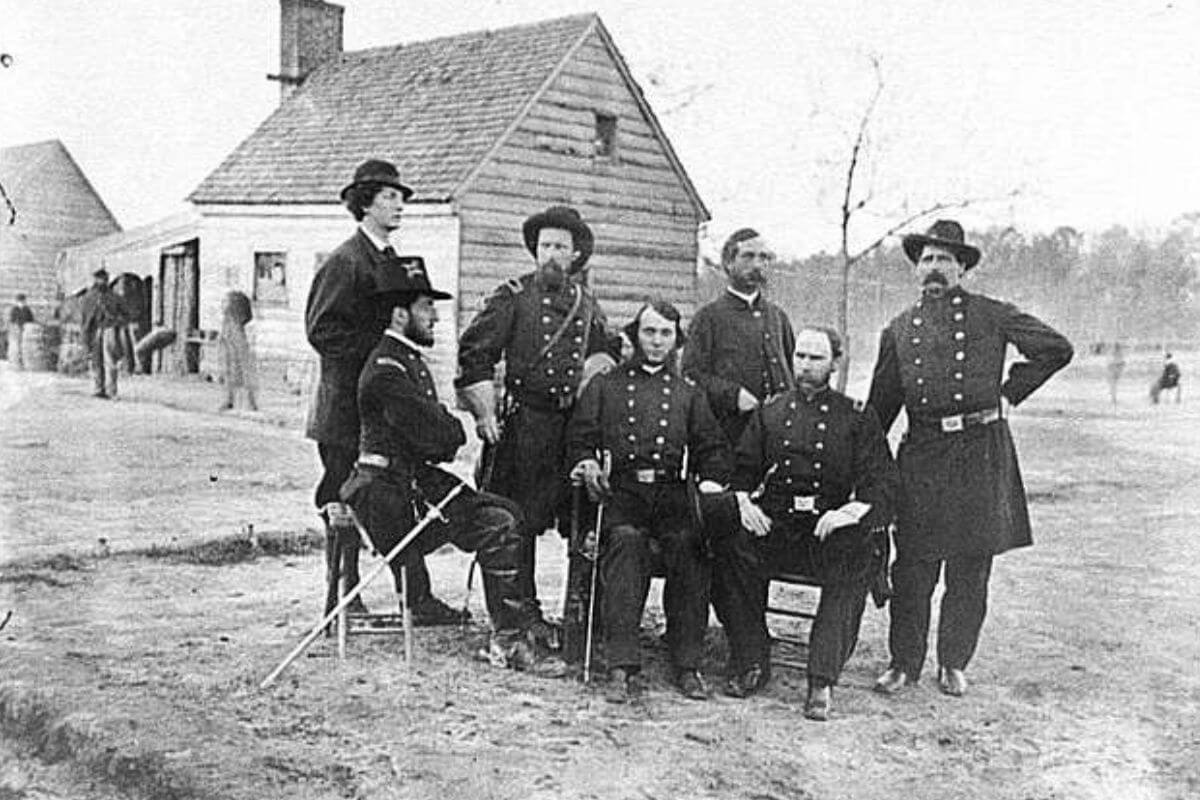
As we step into the rich history of military installations in Montana, let us also explore the distinctive roles fulfilled by various bases such as Malmstrom Air Force Base, Fort Harrison, Montana Air National Guard Base, Camp Williams, Glasgow Air Force Base, and Lockwood Air Force Station.
- Malmstrom Air Force Base – The sole active military base in the state of Montana, located in Cascade County. This base plays a crucial role in the defense of our nation as it operates the Minuteman III intercontinental ballistic missiles (ICBMs).
- Fort Harrison – Once known as Fort William Henry Harrison, which served as a key military installation in East Helena, Montana. This full-scale military base offers logistical support and training facilities for the Montana National Guard.
- The Montana Air National Guard Base – Situated in Great Falls, the base plays a pivotal role in our country’s defense. As a training and operational location for the Air National Guard, this base ensures that our Montana airmen are ready for any mission, from aerial refueling to combat support.
- Camp Williams – An army installation nestled amidst Montana’s breathtaking landscapes, providing an ideal training environment for our soldiers. From field training exercises to refresher courses, this base ensures that our troops are prepared for the challenges they may face on the frontlines.
- Glasgow Air Force Base – One of Montana’s former military installations situated in northeastern Montana that played a significant role in our nation’s defense during the Cold War. It served as a training hub for heavy bomber pilots, particularly those involved in the B-17 training program.
- Lockwood Air Force Station – This base located in Billings, Montana also served as a vital early warning radar site during the Cold War era. Its primary mission was to detect and track potential enemy forces and missiles, ensuring the safety and security of our nation.
From the Minuteman III missiles at Malmstrom Air Force Base to the training grounds of Fort Harrison and Camp Williams, these military installations, past and present, showcase the enduring bond between Montana and our nation’s defense.
- Read more about known Montana Defense Installations
Montana’s Strategic Significance for Military Operations
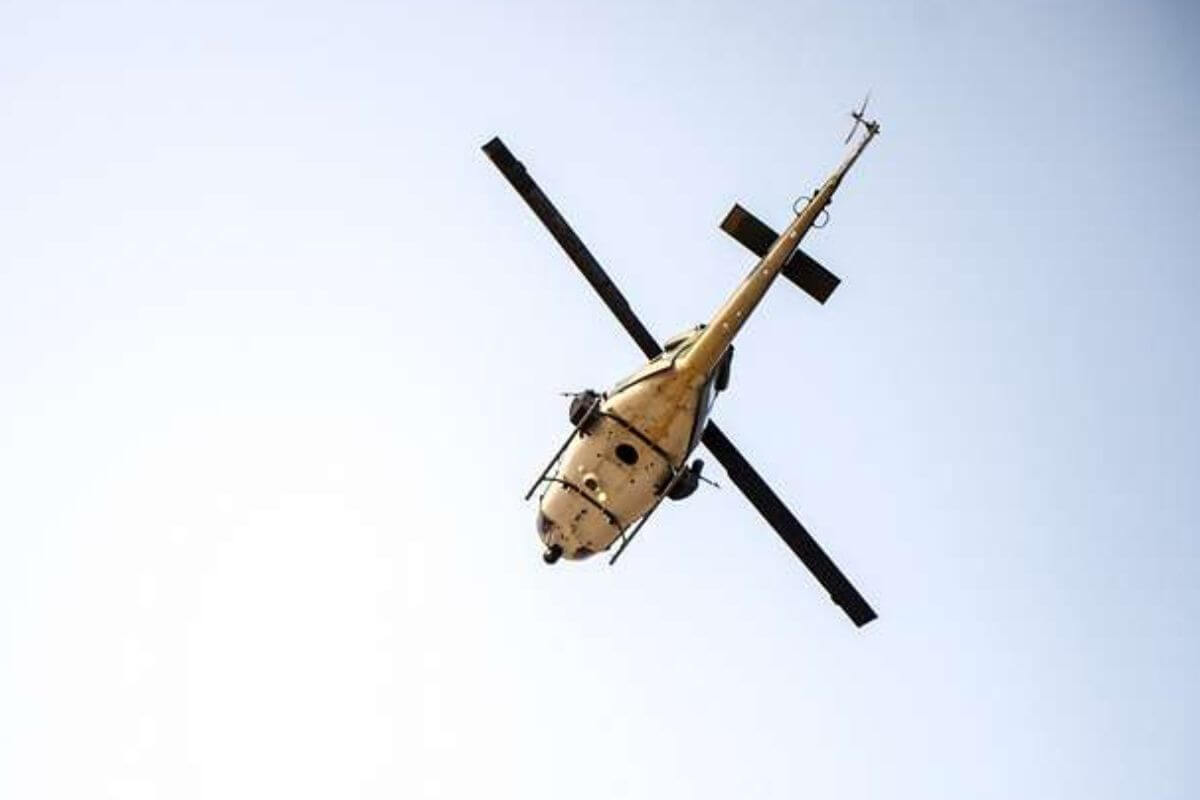
Montana, a vast and sparsely populated state, holds a long history of military activity due to its critical geographical location.
With its expansive terrain and strategic positioning, Montana offers a multitude of advantages for military operations.
Malmstrom Air Force Base, located in Great Falls, stands as a testament to Montana’s importance in our nation’s defense.
This base, home to the 341st Missile Wing, plays a pivotal role in safeguarding our country with its fleet of intercontinental ballistic missiles.
Its critical location allows for efficient monitoring and response to potential threats.
Fort Harrison, nestled near Helena, serves as an active training installation for the Montana National Guard.
Its proximity to Great Falls International Airport and other military bases, such as Camp Rimini and the Armed Forces Reserve Center, enhances Montana’s capabilities for military readiness and response.
Montana boasts several active and inactive military bases, some of which are rumored to hold secret operations.
These bases, scattered throughout the state, add an air of mystery and intrigue to Montana’s military landscape.
Montana’s rich history of military activity, coupled with its strategic geographical advantages and notable bases like Malmstrom Air Force Base and Fort Harrison, underscores the state’s vital importance for military operations.
Montana Secret Military Bases Speculation and Rumors
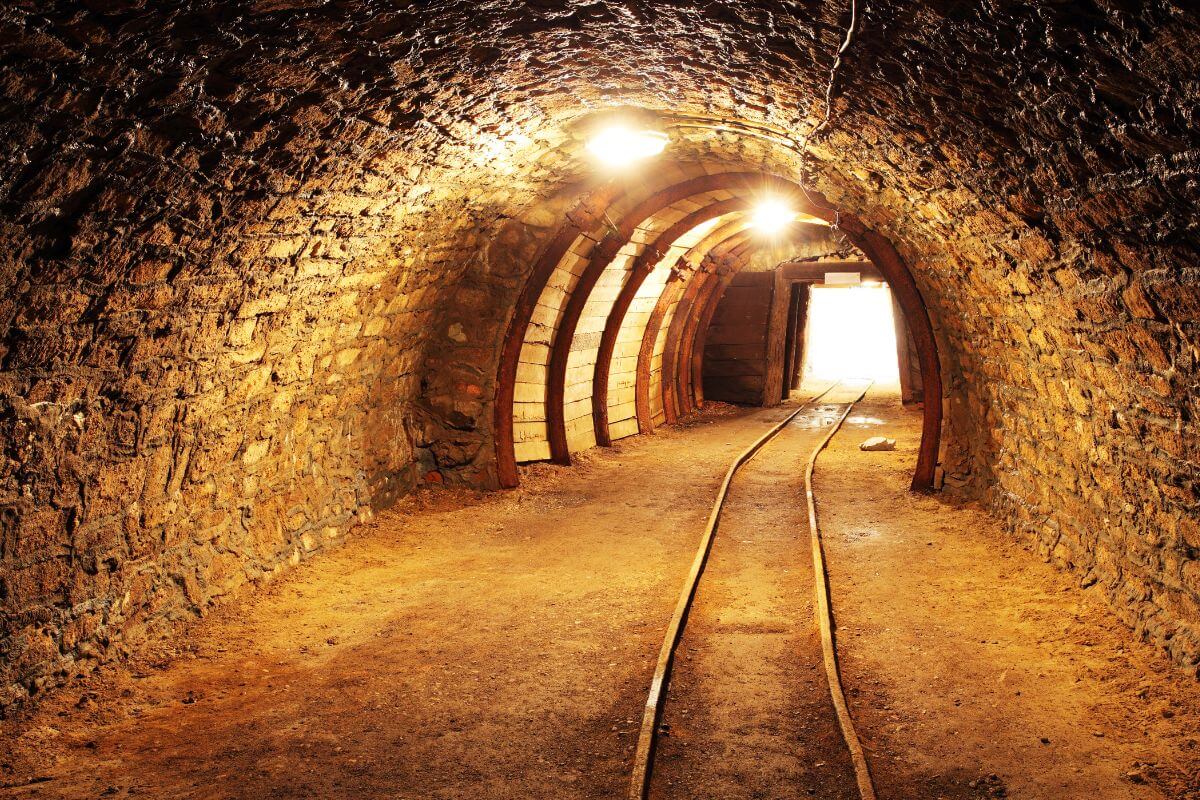
As I delve into the world of Montana’s secret military bases, I’m immediately greeted by a plethora of unconfirmed rumors and tantalizing speculations.
Among them, the Montana Test Site stands at the forefront, cloaked in enigma and mystery. Whispers of underground bases, hidden deep beneath the majestic mountains, add to the intrigue that surrounds this rugged state.
Nestled in the remote, mountainous areas of Montana, these rumored secret bases fuel the imagination, leaving us to wonder about their possible locations.
Given Montana’s critical geographical position and historical patterns, it’s not far-fetched to believe that these secret military bases, if they do indeed exist, play a significant role in national defense.
Perhaps they serve as surveillance stations, meticulously monitoring our surroundings for any signs of potential threats or maybe they serve as training grounds for elite military units, honing their skills in the harshest of terrains.
While we may never truly know the extent of the military activity within these alleged secret bases, one thing is for certain – Montana’s vast, sprawling landscape provides ample opportunity for such covert operations.
The remote and inaccessible nature of the state’s mountainous regions makes them an ideal choice for potential locations, hiding in plain sight while maintaining the secrecy necessary for their mission.
So, as the rumors persist and the speculations continue to captivate our imaginations, we can only wonder what secrets lie beneath the rugged, untouched surface of Montana.
Montana Government: Role and Challenges

Secret military bases have long been a subject of fascination and intrigue.
Behind the scenes, the government plays a critical role in establishing and maintaining these covert installations.
Let’s delve into the key aspects involved in the government’s role regarding secret military bases.
- Securing Funding for Covert Bases – The government must allocate resources in response to their necessity and actively secure substantial funding for secret military bases, often through classified budget allocations.
- Maintaining Operational Secrecy – The government must diligently uphold the classification of these bases, implementing rigorous security measures to prevent unauthorized access and intelligence breaches.
- Construction and Infrastructure – The government must navigate the environmental impact, and find a delicate balance between the need for secrecy and the preservation of the beauty of Montana’s wilderness.
While there may be public demand for information about these secret bases, threats to operational security, political and diplomatic considerations, and the need for public accountability make complete transparency difficult.
So, as we ponder the existence of secret military bases in Montana, let us remember the intricate challenges faced by the government that are intertwined with national security and public transparency.
The delicate equilibrium between safeguarding our nation and ensuring public trust is a complex dance, often cloaked in secrecy.
Montana’s Secret Military Bases Final Thoughts
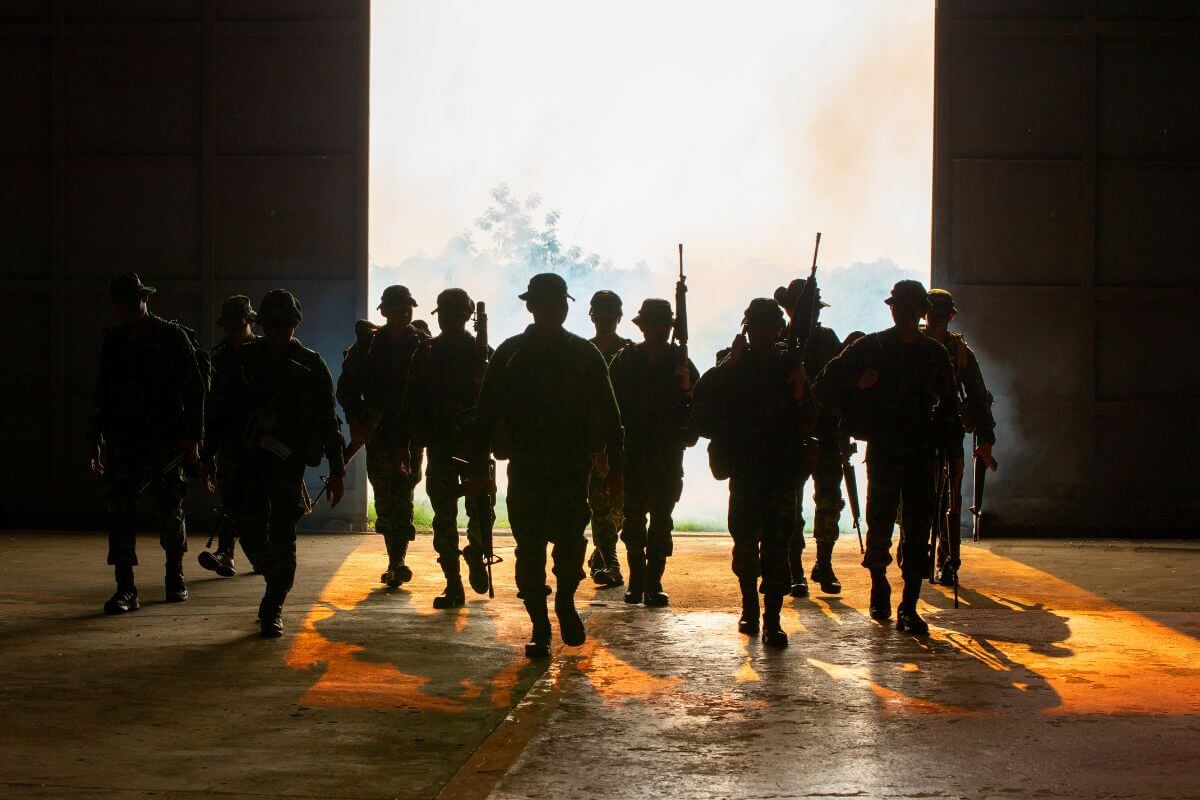
Delving into the intriguing world of Montana’s secret military bases, we have discovered that these hidden facilities play a significant role in national security and defense.
Although their existence and activities are shrouded in secrecy, the reasons for such are multi-faceted and require careful consideration.
Political considerations become a prominent factor, delicately balancing international relations, safeguarding classified operations, and protecting national interests.
The stakes are high, as any disclosure of these bases could have unintended consequences, jeopardizing crucial diplomatic negotiations.
Undoubtedly, national security stands as a paramount driving force behind the need for secrecy. These bases serve as critical installations for the United States Air Force and Space Force, harboring specialized units and conducting clandestine operations deep underground.
The less information that falls into the hands of potential enemies, the stronger our element of surprise, enhancing our advantage in defending the country.
The significance of these bases is further underscored by the classified operations conducted within their confines.
By keeping specific details confidential, the government ensures the successful execution of strategic missions and the safeguarding of vital intelligence.
The cloak of secrecy shields sensitive information from unauthorized sources, fortifying our national security apparatus.
When faced with speculation or inquiries about these secret bases, the government’s response varies. Denial or non-disclosure is often chosen, guided by political and operational sensitivities that dictate certain activities or facilities that cannot be revealed to the public.
Political and operational sensitivities may dictate that certain activities or facilities simply cannot be disclosed to the public.
In some cases, the government employs diversion tactics, skillfully redirecting attention away from these secret bases.
By crafting alternative narratives or strategically capturing media interests elsewhere, the government fortifies the secrecy and integrity of these installations, safeguarding vital national interests.
The implications of secret military bases extend beyond national security, reverberating within local communities.
Economically, these covert installations bring job opportunities, spur infrastructure development, and attract investments to the region.
However, concerns regarding potential environmental disruptions, and the disturbance of local ecosystems and habitats, arise as well.
Culturally, the presence of secret military bases can shape the identity and perception of a community, generating both positive and negative impacts.
Furthermore, health and safety concerns emerge due to potentially hazardous materials or activities conducted within these bases.
The secretive nature of these installations leaves residents with questions and uncertainty, amplifying security concerns among local communities.
Montana’s secret military bases stand as enigmatic guardians of national security and defense.
Striving to maintain a delicate equilibrium between secrecy and transparency, these bases guard their mysteries, unveiling their true significance only to those entrusted with their secrets.
Montana’s Secret Military Bases FAQs
1. What Is the Largest Military Base in Montana?
Malmstrom Air Force Base is the largest military base in Montana, boasting a rich history and a significant presence in the state since its establishment in 1942.
The base is a pivotal hub for national defense and air operations. It is also home to the 341st Missile Wing, comprising over 3,800 personnel, including active-duty service members and civilians.
2. How Many Secret Military Bases Are Believed to Be in Montana?
Well, one of the most whispered-about bases is none other than the mysterious Malmstrom Air Force Base nestled in Cascade County, Montana.
With no public information to satisfy our curiosity, speculation runs wild, capturing the imagination of those who ponder. It’s as if a hidden world resides in Montana’s vast landscape, prompting us to wonder how many more secret bases lurk in the shadows, awaiting their revelations.
3. How Are These Secret Military Bases Kept Hidden From the Public?
Secret military bases employ several methods to maintain their hidden status such as operating under strict non-disclosure agreements and maintaining off-grid operations to prevent detection.
Through these combined measures, these secret bases provide a secure environment for operations and training while eluding public scrutiny.
Find out more about Montana by giving these other great articles a read:
- https://installations.militaryonesource.mil
- https://www.malmstrom.af.mil
- https://www.nps.gov/articles/minuteman-missile-national-historic-site-protecting-a-legacy-of-the-cold-war-teaching-with-historic-places.htm
- https://home.army.mil/campbell/index.php/clarksville-base/top-secret
- https://picryl.com/media/fort-harrison-va-group-of-surgeons-of-the-army-of-the-james
- https://picryl.com/media/the-341-missile-wing-from-malmstrom-air-force-base

